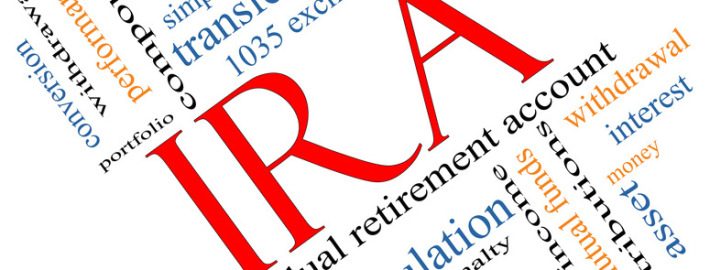Want to Dip Into Your IRA to Pay College Education Expenses? Read This First!
It’s time to get back to school for you or a family member. You may be looking for a way to pay a tuition bill and other school expenses and considering taking money out of your IRA to do so. Ordinarily you have to be over age 59½ to take a penalty free, but taxable, withdrawal from an IRA. There are exceptions to this rule, and one of those exceptions allows for penalty free withdrawals to pay for certain higher education expenses, but you have to follow the rules!
1. You can take a penalty free – but taxable – withdrawal to pay for “qualified higher education expenses.” These expenses include tuition, room and board, required books, supplies, and fees. (Computer and other technology purchases qualify, even if not required by the school.) There is no dollar limit that can be taken out of the IRA account, as long as the money is used for qualified higher education expenses. (You should maintain a record of all paid expenses, including receipts.)
2. The qualified higher education expenses must be incurred at an “eligible educational institution.” An eligible educational institution is any college, university, vocational school or other post-secondary educational institution eligible to participate in the federal student aid program. This includes all accredited public, private, nonprofit and proprietary post-secondary institutions. Expenses related to elementary or high school, public or private, are not eligible.
3. The IRA distribution may be used for qualified education expenses of the IRA owner, the owner’s spouse, or any child or grandchild of the owner or the owner’s spouse.
4. The education expenses must be incurred in the year you take the IRA distribution. So, you can’t take a distribution from your IRA in 2018 to cover an expense incurred in 2017. This is an important rule that trips up a lot of people.
5. The exception to the early distribution penalty for higher education expenses only applies to distributions from your IRA account. The exception does not apply to distributions from an employer plan. [401(k), 403(b), etc.]
6. You can take a distribution from your IRA to pay eligible higher education expenses, but should you? That is the bigger issue here. Your IRA is not a piggy bank. That money is for your retirement. I generally do not recommend taking any preretirement distributions from any retirement account to pay expenses or a debt for a couple of reasons. First, even though the distribution escapes the 10% early withdrawal penalty, income taxes must be paid on the entire distribution. Second, you lose the advantage of the tax deferred growth on the funds withdrawn from the IRA. You simply won’t make that up even if you are able to replace the funds withdrawn later on. If you have other options available to pay college expenses, you should explore them first, even loans, before taking a distribution from an IRA.
There are other exceptions to the 10% penalty on pre-age 59½ IRA distributions. We’ll explore those in a future post.



